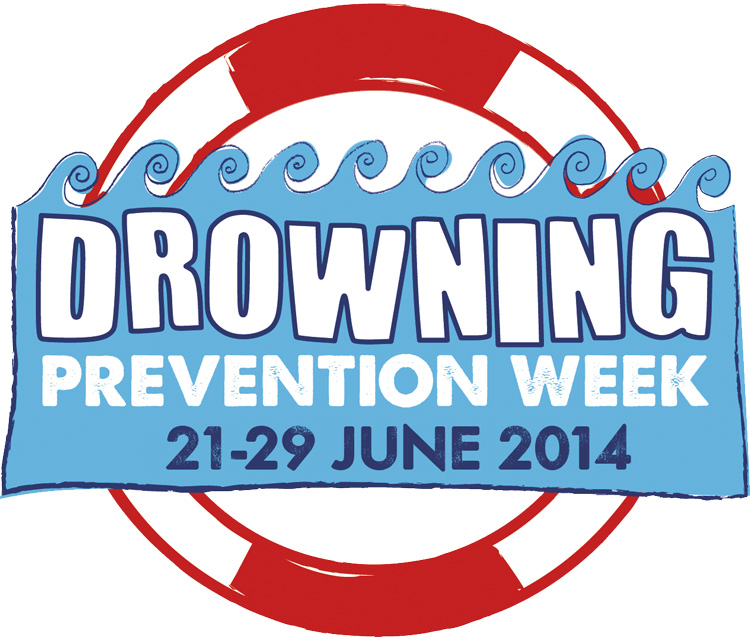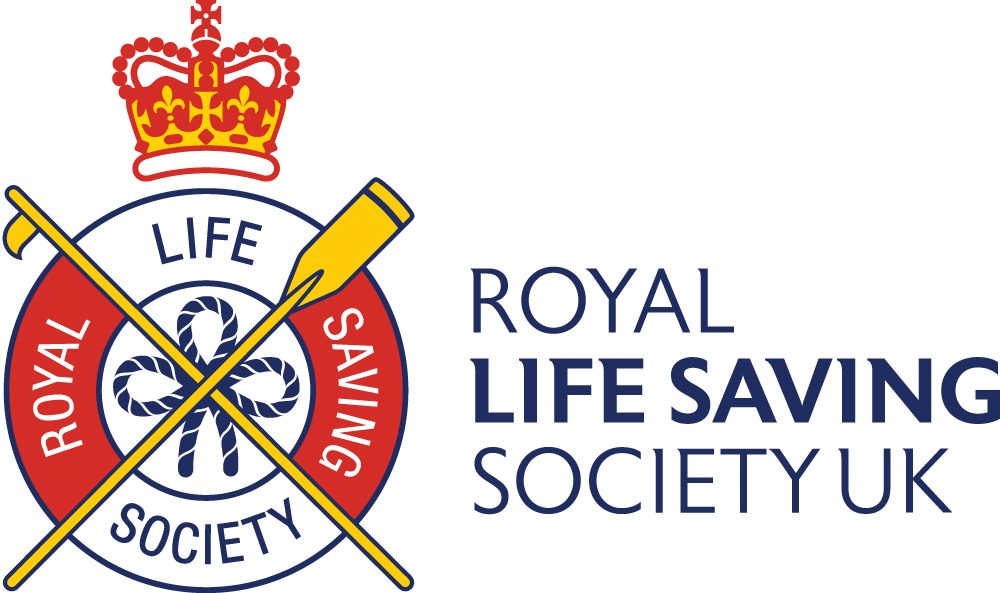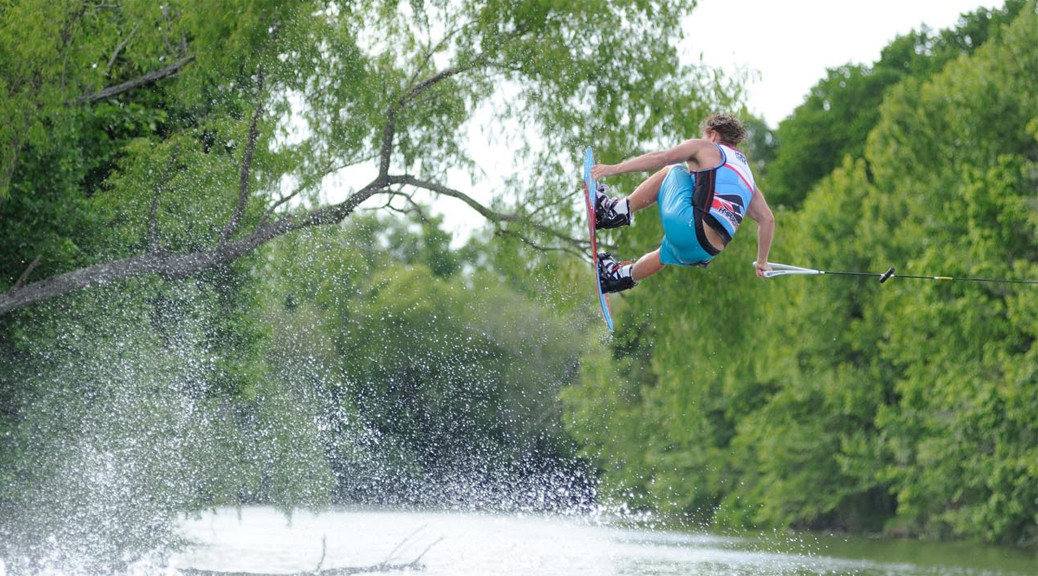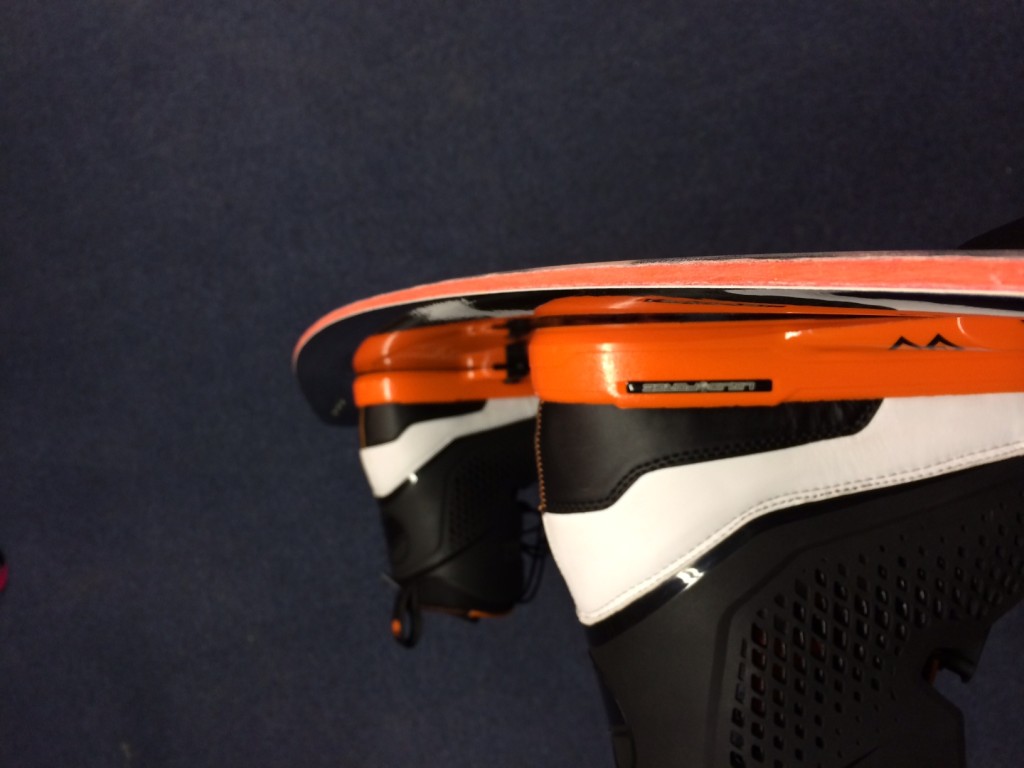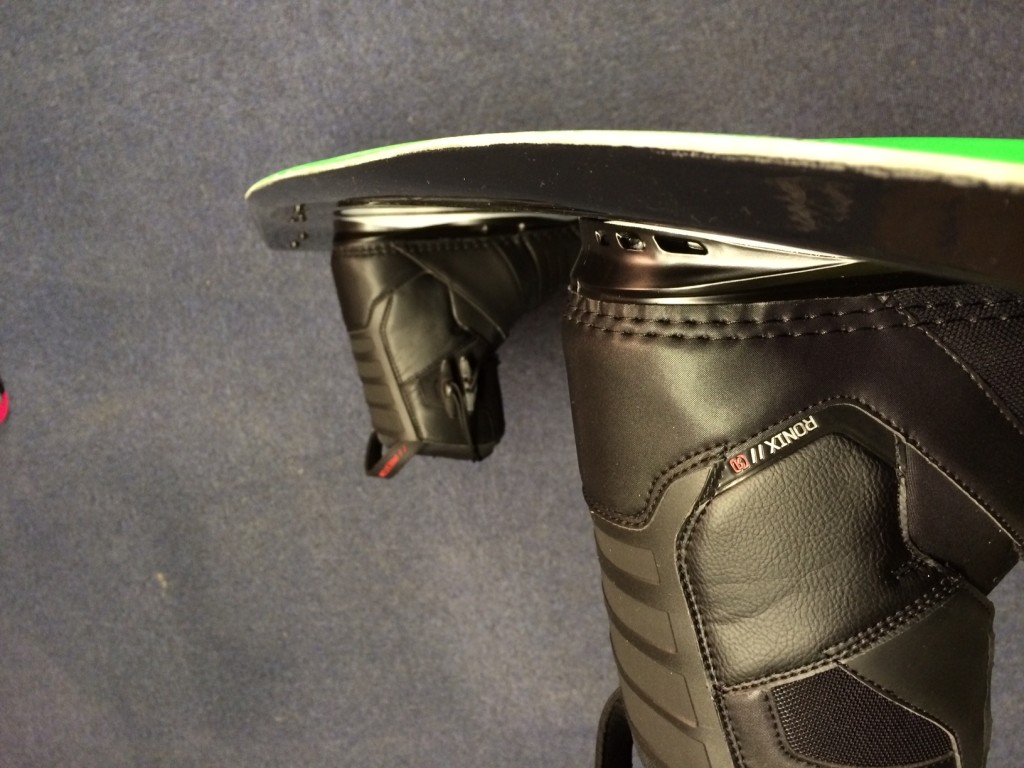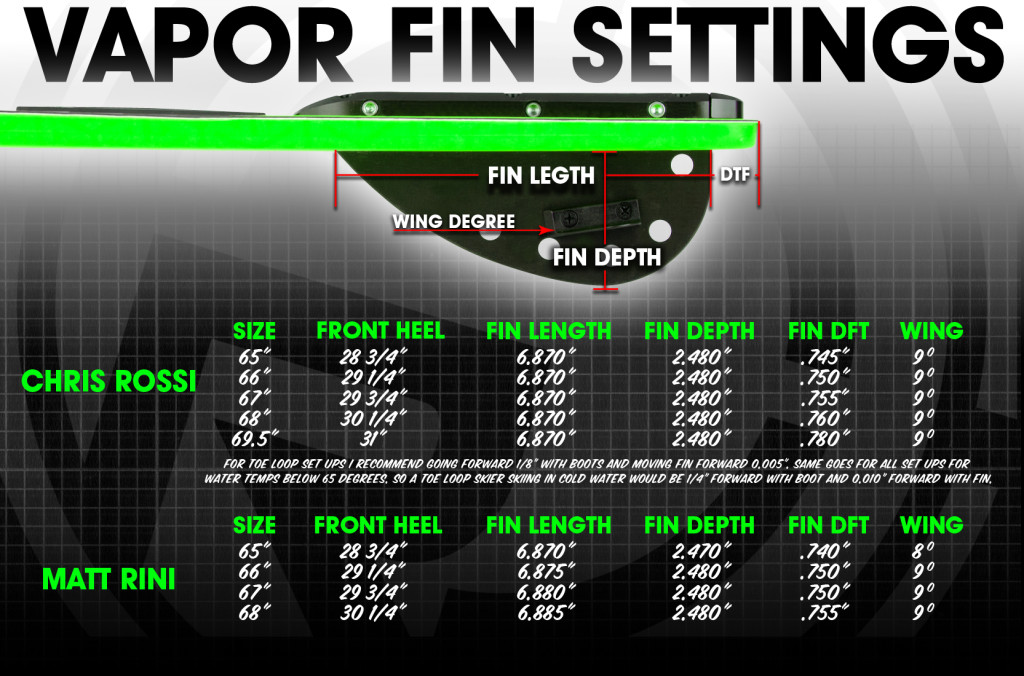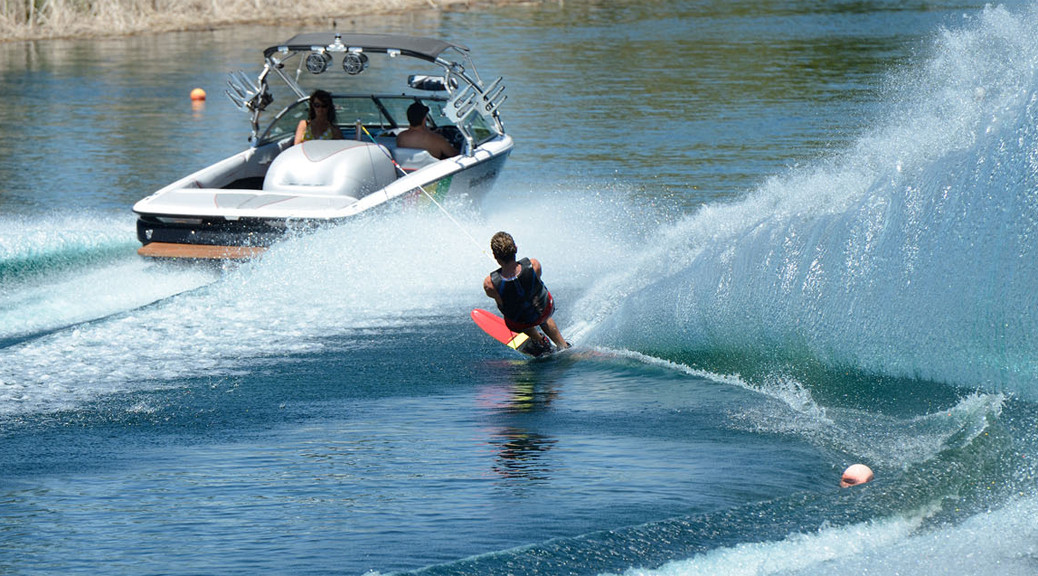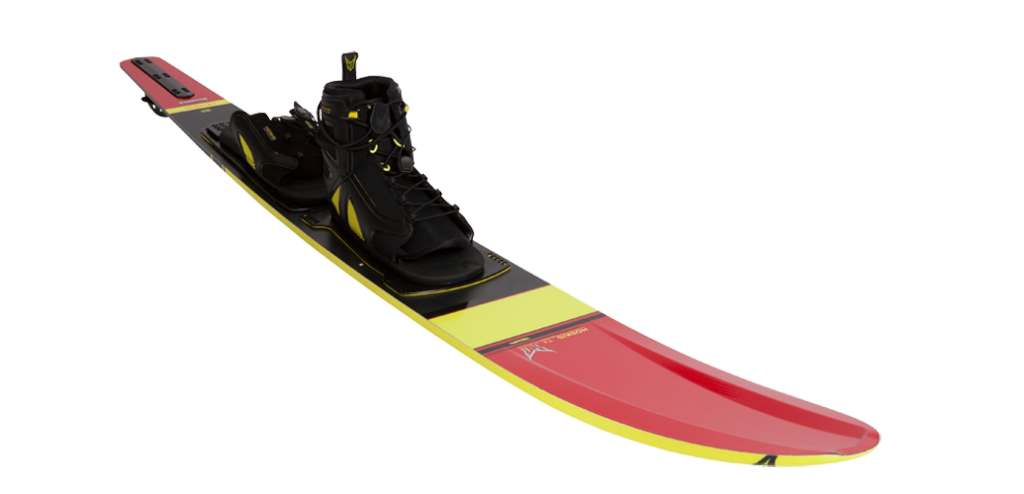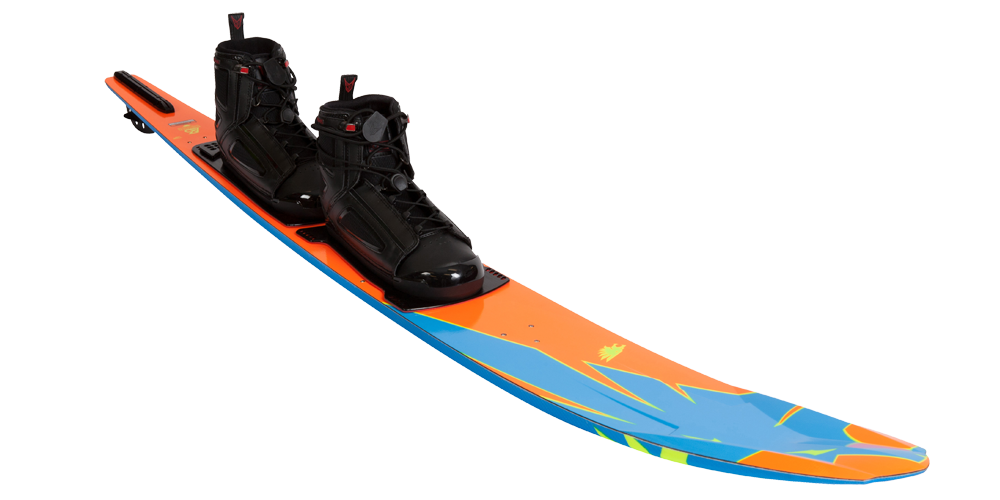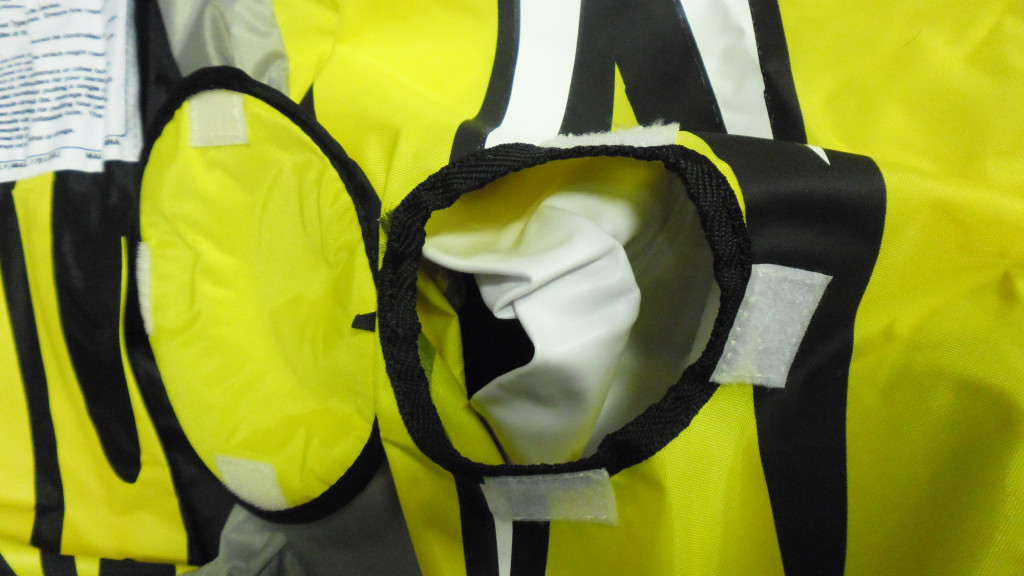It’s summer time! A time for sunbathing, sport and splashing about in the water. But a campaign by the Royal Life Saving Society UK (RLSS UK) is serving to remind people that families need to keep safe near the water to ensure fun doesn’t turn to tragedy,
Drowning Prevention Week is a national campaign that aims to reduce the number of drowning and near drowning incidences that occur in the UK by showing people how to be safe near water.
Drowning is the 3rd highest cause of accidental death in children in the UK. Around 400 people accidentally drown in the UK every year with thousands more have near drowning experiences , many resulting in life changing injuries.
The awareness raising campaign (this year running from 21-29 June) is predominantly aimed at children, and throughout the week water safety is promoted in schools, leisure centres, local communities, businesses and widely through the media.
A host of free resources that help to deliver water safety messages are available on their website www.drowningpreventionweek.org.uk, such as an animated film, interactive dames, children’s activities, leaflets, lesson plans and pool session ideas.
The campaign also hopes to raise money to help develop the charity’s year round drowning prevention work.
RLSS UK believe that if everyone knew and understood the SAFE code and made small changes to their behaviour near water, we could cut down the number of preventable, accidental drowning deaths.
How To Be Safe Near Water SAFE Code:
Spot – Spot the dangers
• Check for hazards such as currents or deep water
• Consider what could be hidden under the water
• Be careful of unsafe banks, stay well back from the edge
Advice – Take advice
• Always read the signs
• Only swim where there is a lifeguard
• Wear buoyancy aids and life jackets
Friend – Go with a friend
• Always swim with friends or family
• Friends can get help
• Never swim alone
Emergency – Know what to do in an emergency
• Find the nearest phone and call 999
• Shout loudly to attract attention
• Never enter the water to save someone
For more information, contact dpw@rlss.org.uk.

